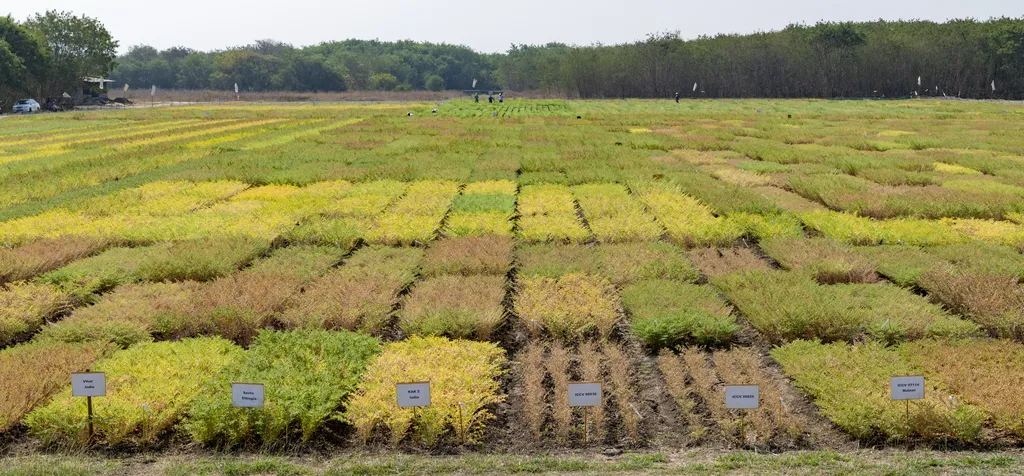In the heart of India, researchers are uncovering a hidden world within chickpeas that could revolutionize agriculture under climate change. Nikita Kumari, a scientist from the Department of Industrial Microbiology at Sam Higginbottom University of Agriculture, Technology and Sciences (SHUATS) in Prayagraj, has been exploring the diverse endophytic bacteria residing within chickpea plants. Her work, recently published in the Journal of Agriculture and Food Research, offers promising insights into climate-smart agriculture.
Endophytic bacteria are microorganisms that live within plant tissues, often forming beneficial relationships with their hosts. Kumari and her team isolated 65 such bacteria from various chickpea tissues, testing them for their plant growth-promoting (PGP) traits. These traits include the production of indole acetic acid (IAA), a key plant hormone, and the solubilization of essential nutrients like phosphate and zinc.
The findings are compelling. For instance, Pseudomonas sp. PCR4 showed remarkable IAA production, while Bacillus sp. NKL4 excelled in phosphate solubilization. “These bacteria are like tiny farmers inside the plant, helping it grow even under stress,” Kumari explains. This is crucial as climate change brings about more frequent droughts and salinity issues.
The study also revealed that some of these bacteria possess strong antagonistic activities, meaning they can inhibit the growth of plant pathogens like Fusarium oxysporum. This could lead to more sustainable and eco-friendly ways to protect crops.
The commercial implications are significant. As the world grapples with climate change, the demand for resilient and productive crops is set to rise. Bio-inoculants derived from these endophytic bacteria could become a game-changer in the agriculture sector, enhancing crop yields and reducing the need for chemical fertilizers and pesticides.
Kumari’s work is just the beginning. She and her team have identified five promising bacterial isolates that could be developed into bio-inoculants. “Our goal is to harness these beneficial microbes to create sustainable and climate-resilient agriculture,” she says.
The research published in the Journal of Agriculture and Food Research, which translates to ‘Journal of Agriculture and Food Research’, opens up new avenues for the energy sector as well. As the world shifts towards biofuels, the demand for high-yielding, stress-resistant crops is expected to grow. These endophytic bacteria could play a pivotal role in meeting this demand.
In the face of climate change, Kumari’s work offers a glimmer of hope. By understanding and utilizing these microscopic allies, we can pave the way for a more sustainable and productive future in agriculture and beyond.

